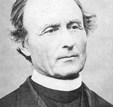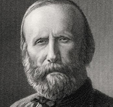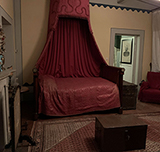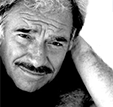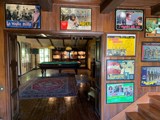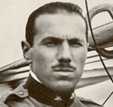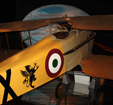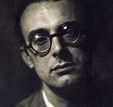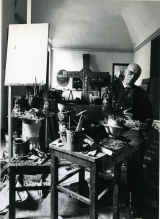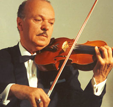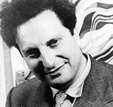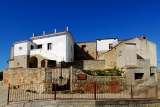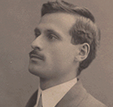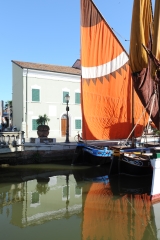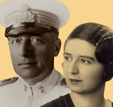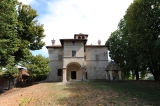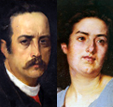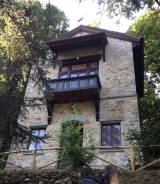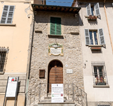
- Address: Via Garibaldi, 30 Modigliana Forlì Tel: +39 0546 942279
- Visiting Hours: Aperto tutte le domeniche dalle 15 alle 18 Per prenotazioni, visite guidate e aperture straordinarie contattare la Biblioteca: 0546.941019
- Website:
- Contact:
Modigliana (Forlì-Cesena)
Il museo ha sede nella casa in cui visse Don Giovanni Verità, il sacerdote divenuto famoso per aver offerto, dal 21 al 23 agosto 1849, un rifugio sicuro a Giuseppe Garibaldi, braccato da Austriaci e Pontifici. L'edificio, che conserva intatta l'originaria struttura di piccola casa borghese dell'800, fu acquistato dal Comune di Modigliana prima della demolizione a cui l'aveva destinata la proprietaria per ampliare l'adiacente dimora. Con decreto dell'allora Capo del Governo, Benito Mussolini, la casa fu dichiarata monumento nazionale e trasformata dal Comune di Modigliana nel museo risorgimentale intitolato al sacerdote patriota Don Giovanni Verità.
Dall'ingresso su via Garibaldi si accede a quello che fu una sorta di tinello e che ora vede alle pareti due paliotti d'altare provenienti dalla Chiesa di San Rocco, dove officiava il sacerdote patriota e alcune lapidi a ricordo della figura di Don Giovanni e del salvataggio di Giuseppe Garibaldi. Segue l'ampia sala, dove sono esposti documenti e cimeli, che ci parlano della figura del padre di Don “Zvan”, il notaio Francesco, della personalità del Canonico Verità, della sua attività “politica”, del salvataggio di molti patrioti e in particolare di Garibaldi.
Lungo il corridoio, si trova una sequenza di fotografie che narrano la vicenda della salma di Don Verità, un sacerdote che ebbe funerali civili perché, con una sua dichiarazione in punto di morte, condannava una Chiesa temporale lontana dalla “vera religione di Cristo”. Sullo stesso corridoio si apre la camera da letto che accolse il fuggiasco Giuseppe Garibaldi e lo ospitò anche quando tornò nell'ottobre del '59, a salutare l'amico. Il giardino, un tempo orto, completamente riallestito, ospita oggi eventi di carattere culturale; da qui si accede alla cucina della famiglia Verità.
Su una parete è visibile lo sportello che chiude il pozzo della casa. Esso non era solo una riserva d'acqua, ma anche un'importante via di fuga per ricercati, nascosti dal sacerdote. Grazie a questo pozzo, nonostante le diverse perquisizioni che Don Giovanni dovette subire.
Dall'ingresso su via Garibaldi si accede a quello che fu una sorta di tinello e che ora vede alle pareti due paliotti d'altare provenienti dalla Chiesa di San Rocco, dove officiava il sacerdote patriota e alcune lapidi a ricordo della figura di Don Giovanni e del salvataggio di Giuseppe Garibaldi. Segue l'ampia sala, dove sono esposti documenti e cimeli, che ci parlano della figura del padre di Don “Zvan”, il notaio Francesco, della personalità del Canonico Verità, della sua attività “politica”, del salvataggio di molti patrioti e in particolare di Garibaldi.
Lungo il corridoio, si trova una sequenza di fotografie che narrano la vicenda della salma di Don Verità, un sacerdote che ebbe funerali civili perché, con una sua dichiarazione in punto di morte, condannava una Chiesa temporale lontana dalla “vera religione di Cristo”. Sullo stesso corridoio si apre la camera da letto che accolse il fuggiasco Giuseppe Garibaldi e lo ospitò anche quando tornò nell'ottobre del '59, a salutare l'amico. Il giardino, un tempo orto, completamente riallestito, ospita oggi eventi di carattere culturale; da qui si accede alla cucina della famiglia Verità.
Su una parete è visibile lo sportello che chiude il pozzo della casa. Esso non era solo una riserva d'acqua, ma anche un'importante via di fuga per ricercati, nascosti dal sacerdote. Grazie a questo pozzo, nonostante le diverse perquisizioni che Don Giovanni dovette subire.



